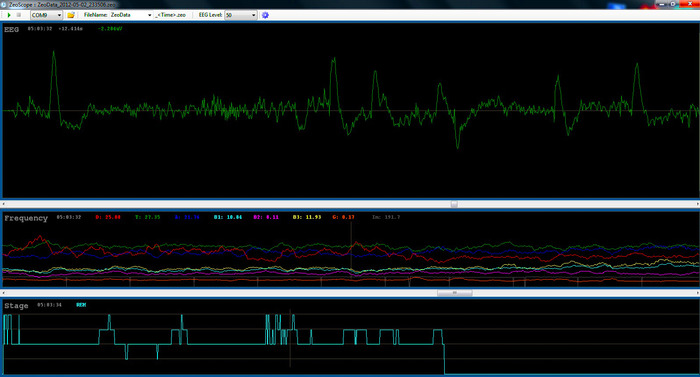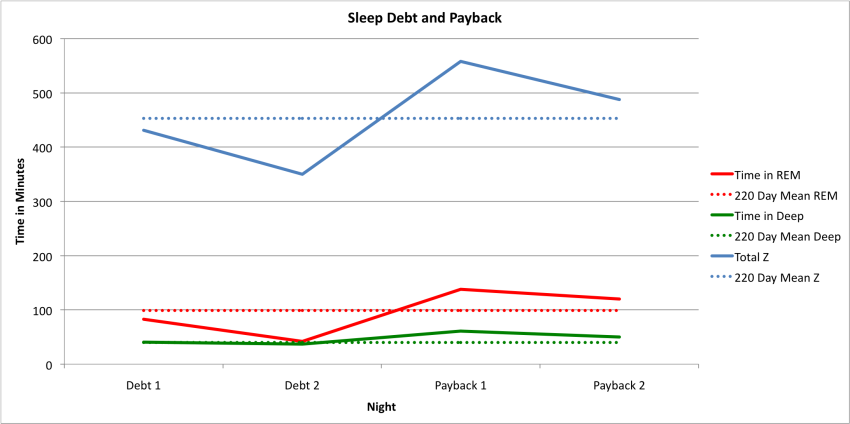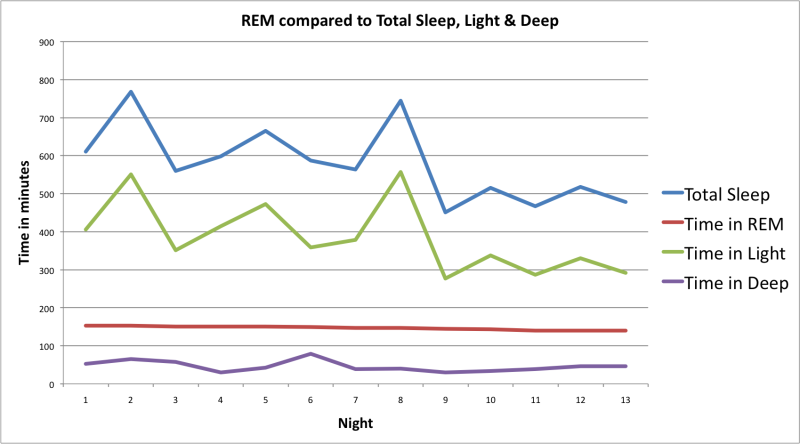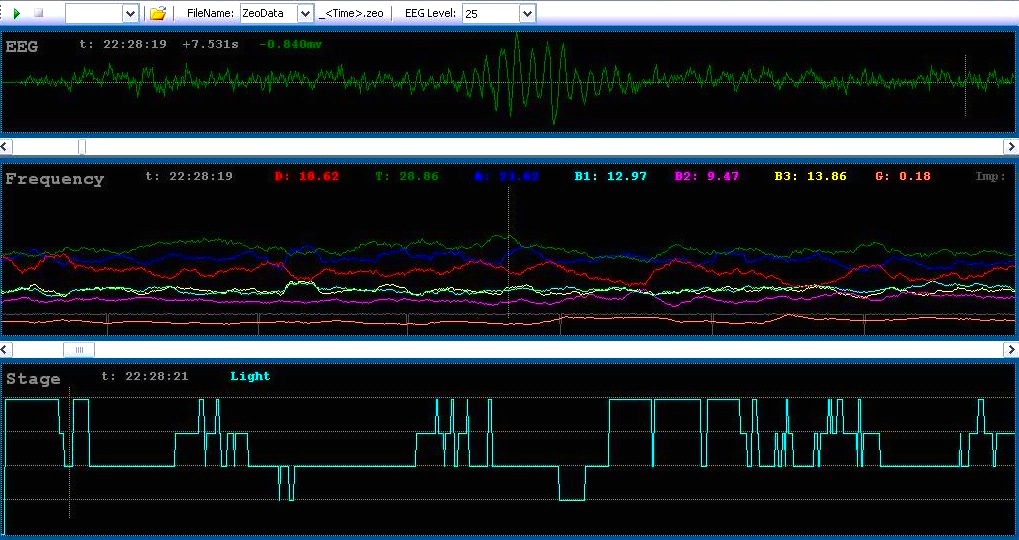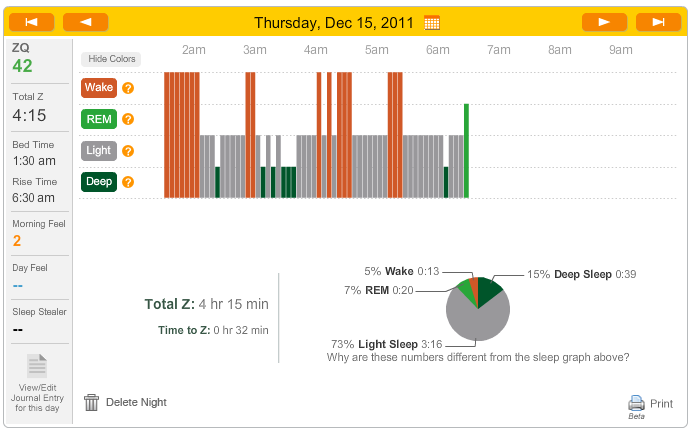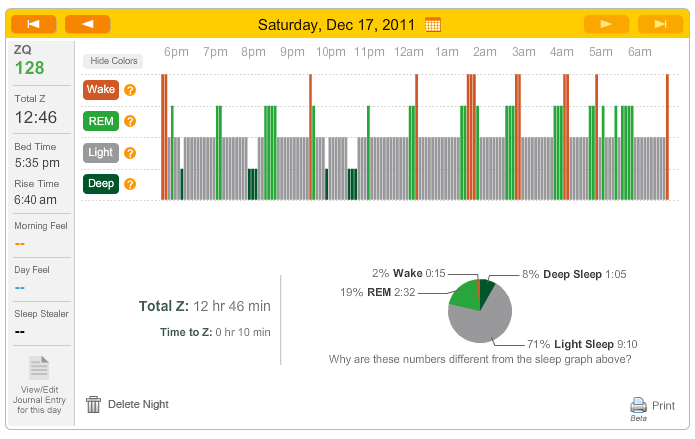Lucid Dreaming - Sending a Signal to the Waking World
Lucid Dreaming seems to be a bridge between the waking and dream worlds. You are dreaming, yet you are conscious of dreaming and capable of having rational thoughts during a jumbled dream.
Being lucid doesn't mean that you have full control over your dreams, despite being aware that I'm dreaming I still find that I am compelled to "play along" with the dream that I'm given. So, for example, if I find myself dreaming of a street scene, I can't magically transform it into countryside. In order to change the scenery I have to make the change fit into the story somehow, even if the scene-change is something as crude opening a shop door and "knowing" that it takes me to the countryside.
All this is wrapped in the fact that (for me at least) lucid dreaming is a constant struggle to remain lucid, it doesn't take much to lose lucidity and slip back into a normal dream.
So when I suggested sending a signal from a dream in this blog-post, I thought it unlikely that I'd ever be able to remain lucid and have the presence of mind to consciously send a signal to the Zeo Raw Data (via ZeoScope) marking the lucid dream.
I'd been briefly practicing what sort of a signal to use before going to sleep every night, hoping that it'd stick inside my head if I was fortunate enough to have a lucid dream. Given that the signal has to be based on eye movements I was fairly limited in what I could do, but the practice sessions showed me that flicking my eyes from side to side just seemed to produce a very noisy signal and something that could be interpreted as EMG noise from my forehead, so I settled on eye movements to the right, then centre, which produced a nice peak on the raw EEG data (it is this type of peak that the Zeo filters to use for its EOG signal).
Because the eye movements were forced as far right as I could manage the amplitude of them rose above the normal eye movements of waking and REM.
(Normal eye movements during a period of REM (right to centre first, followed by left to centre)
On Wednesday night I became lucid in a dream and managed to stop and send a signal using my eyes that was picked up by the Zeo.
The first thing that I remember about the dream was that I was late to get to a party and I still had to stop off and buy a bottle of something to take along. I lifted up and flew along the coast of the Thames Estuary not far from where I live.
This was the thing that prompted me to become lucid. Flying is such a break from the everyday laws of physics that it jolted me into realising that I was dreaming.
So, I went along with the dream, flying to the party but stopping off at a small stone-clad Welsh off-licence (I have no idea why I ended up in Wales). As I landed and my feet touched the ground I remembered that I was wearing the Zeo headband and recording the raw data, so I darted my eyes sharply to the right and centred them again.
Then I thought, "That's just one, maybe it'll get lost in the other data", so I repeated it 5 more times, then bought my wine and Jaffa Cakes, lifted into the sky and headed for mainland Europe (where the party was apparently).
Shortly after arriving at the party (which turned out to be in a 1970s church hall), I woke up and glanced at the clock before falling asleep again.
In the morning I found it easy to see the signal that I'd recorded. The peaks were a lot larger than my typical eye movements. The first peak is my initial signal, then after a pause I gave 5 more right-eye movements.
So, not as significant as a signal picked up by SETI but still, this is a signal from the dream-world to the waking world. It actually reassures me because several people have asked me, "How do you know that you're not just dreaming that you know you're dreaming?" implying that lucid dreaming is itself a dream. This shows that it isn't. At the time of the signals, I remembered that I was actually asleep in bed and not outside an off-licence in Wales and although I was still standing on the cobbled street and not able to sense the waking world I was able to make an impact on it via this signal.
From the Zeo raw data it seems that a broken night played a part in triggering this dream, and I suspect that respiratory arousals were the cause again as I wasn't wearing the Rematee belt. A rough breakdown of the time surrounding lucidity is as follows...
- 04:34:45 Woke from a long stable period of N1/N2 (light) sleep
- 04:39:15 Entered REM (from wake)
Repeated awakenings and a mixture of N1/N2 and REM until...
- 05:00:15 Entered stable REM
- 05:03:26 Began to signal lucidity
- 05:03:37 Gave last eye movement of lucidity
- 05:06:14 Woke and looked at the clock before going back into REM again
- 05:11:14 REM ended
So this places my lucid dream within REM, which was the subject of speculation for years until Stephen LaBerge confirmed that lucid dreams are actually REM dreams.
Jeff Warren also has a good explanation of the technique in this exerpt from his book, "The Head Trip".
Stephen LaBerge, William Dement, Lynn Nagel and Vincent Zarcone took things a lot further and even recorded morse code signals from a lucid dream via muscle-movements.
I'm still not any closer to seeing a trademark brainwave pattern of lucid dreaming, but I suspect that this is due to the single site EEG.
I'd like to practice this further and if I'm fortunate enough to be able to do this again I'd like to try to repeat the signal every 60 seconds (as it appears to me in the dream), or at key points in the dream (such as taking off and landing, meeting a person etc etc) it would be interesting to see if these signals can be used as markers to chart the flow of time through a dream.
 Communication,
Communication,  Dement,
Dement,  EEG,
EEG,  EOG,
EOG,  LaBerge,
LaBerge,  Lucid Dream,
Lucid Dream,  Lucid Signal,
Lucid Signal,  REM,
REM,  Signal,
Signal,  ZeoScope,
ZeoScope,  lucid,
lucid,  lucidity | in
lucidity | in  Dreams,
Dreams,  Experiment,
Experiment,  Monitors
Monitors 
